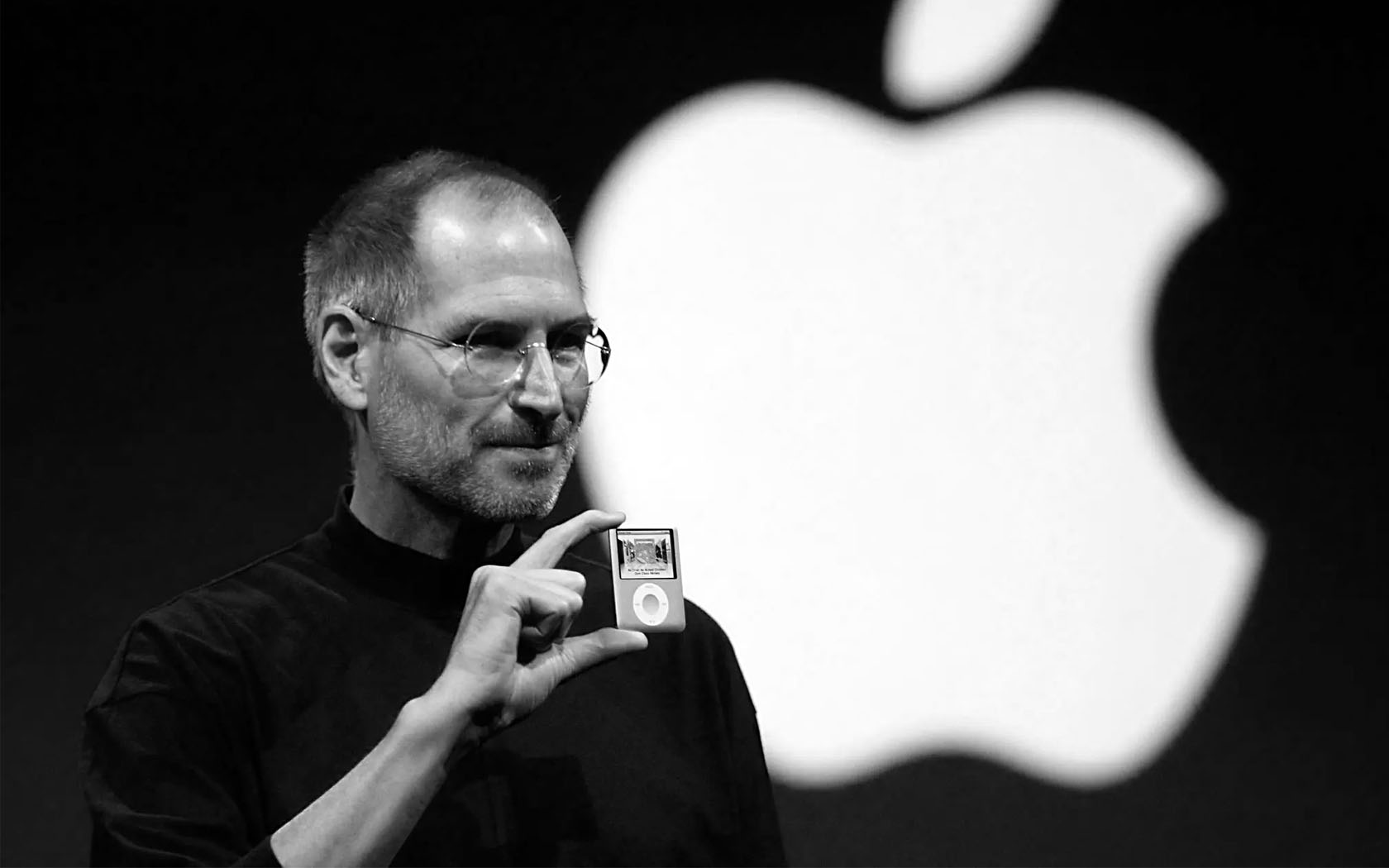Brand Leadership. What is it, how important is it and how can you help generate it?

Oftentimes, people refer to ‘brand leadership’ as the managerial process of ensuring a brand moves forward from one point to another. That is it a component of a brand management discipline. From my personal experience over the last few decades, I’ve come to understand ‘brand leadership’ in a slightly different way.
Brand leadership can be quite often a missing characteristic amongst many CEO’s and corporate leaders. To be an authentic brand leader, one needs to possess confidence in ones vision, abilities and decision-making. One must also posess the ability to ignore naysayers and those who seek outside approval for their decision-making, whilst also ensuring you have not surrounded yourself with a entourage of kowtowing ‘yes people’
It’s a balance between being overly autocratic and unnecessarily democratic. An autocratic leader will set the direction and pursue it regardless of dissenting voices in the ranks. An overly democratic leader will not do anything unless the committee says so and in doing so, confirms their thinking and allays their insecurities. The problems we’ve seen with anything ‘designed by committee’ is the product of such thinking lacks character and personality. The problems with totally autocratic design is it can be frankly worryingly whack. On balance tho, from my experience there is a lot more bland than whacky work in the corporate sphere.
In the business world, change is the only constant and having the courage to accept change and drive it through an organisation is not always the purview of a CEO. Some CEOs are better managers than Chieftains; they can maintain a set trajectory with incremental improvements but are too afraid of dramatic, transformational change. Too afraid of what they fear naysayers might think or say. Too afraid of ‘getting it wrong’ in the eyes of their customers, staff or board. The fear paralyses these people; movement becomes impossible.
Having a keen eye for branding obviously helps with such bold transformation – knowing good design reduces the fear of the visual change. Being able to articulate your vision and the strength of mind and conviction to stay the course even while naysayers are clucking in the wings is important. Having a courageous personality and the willingness to stand back and be led by appointed experts is absolutely essential.
As a corporate leader, taking a step back and allowing others to shine should be the standard by which a good CEO is judged. We hire the right people so we don’t have to do their jobs, right? This should be the same for outside expertise as staff. Basking in the reflected light of a job well done should be every CEOs dream, but all too often this isn’t the case. What you might experience is a demand to stay in charge, even down to the minutiae and worse still, to override the opinions of your appointed experts with your own untrained eye and inexperienced opinions.
Backseat drivers can cause collisions, back seat designers can cause catastrophes. Great leaders get out of the way of their project team, defend them from naysayers and let them shine brightly, know the rightness of their light reflects upwards as well as out.
Some top tips for positive brand leadership:
- Find the best team you can
- Appoint proven experts with a great process
- Build a project team of people who can be trusted to push water up hill and herd cats down the other side
- Give internal resources working hours to deliver the brand development project – don’t expect them to do their day job and a branding gig whilst juggling stakeholders at the same time
- Be open to expert opinion
- Agree the outcomes and envision the end state
- Ensure progress is managed to milestones and provide timely approvals
- Stand back and bask in the reflected glory of a job well done, mostly by others

Steve was an autocrat but Steve always gave way to the experts he hired. Steve was an exceptional brand leader. Be like Steve.

